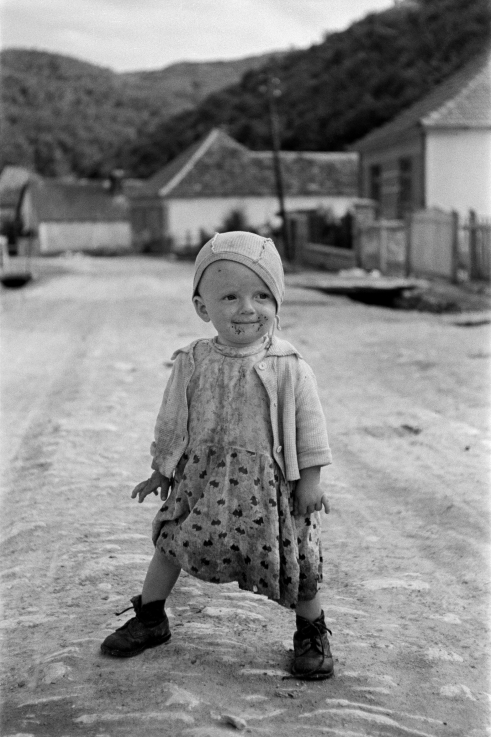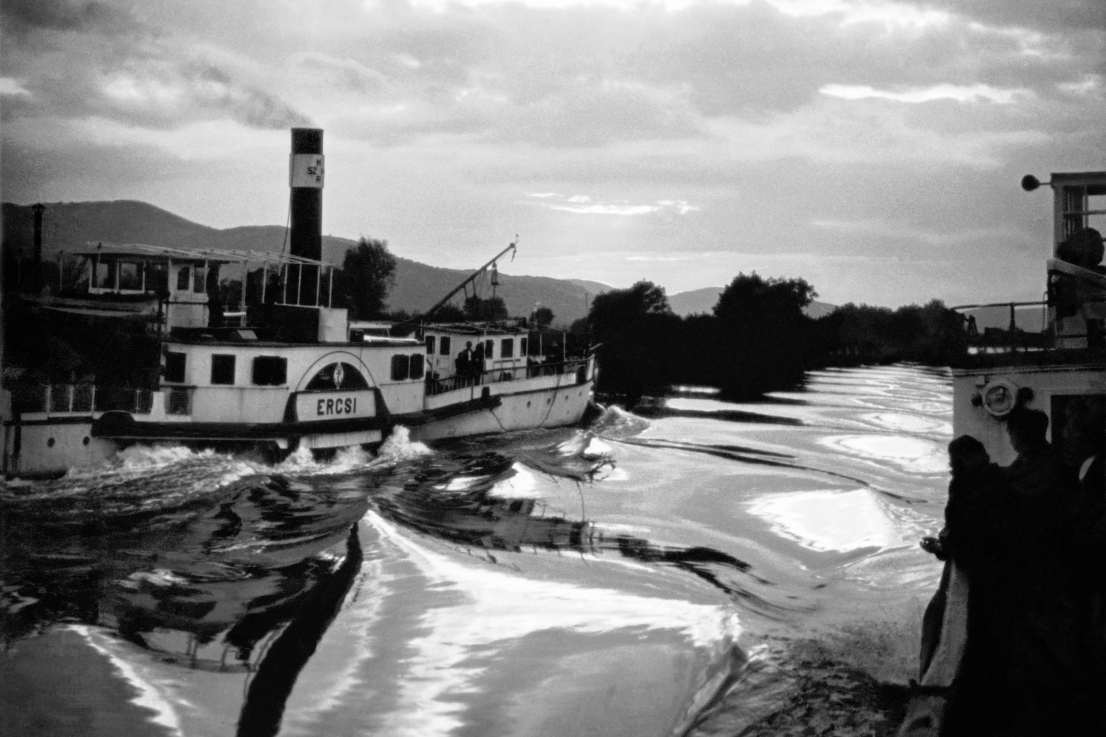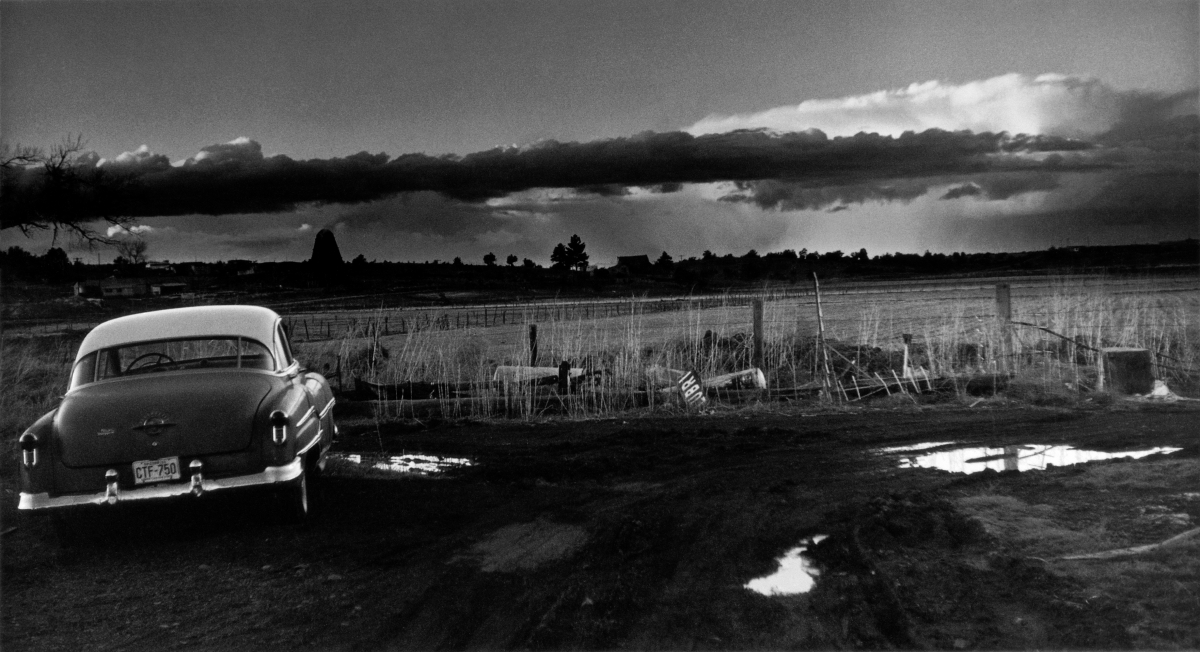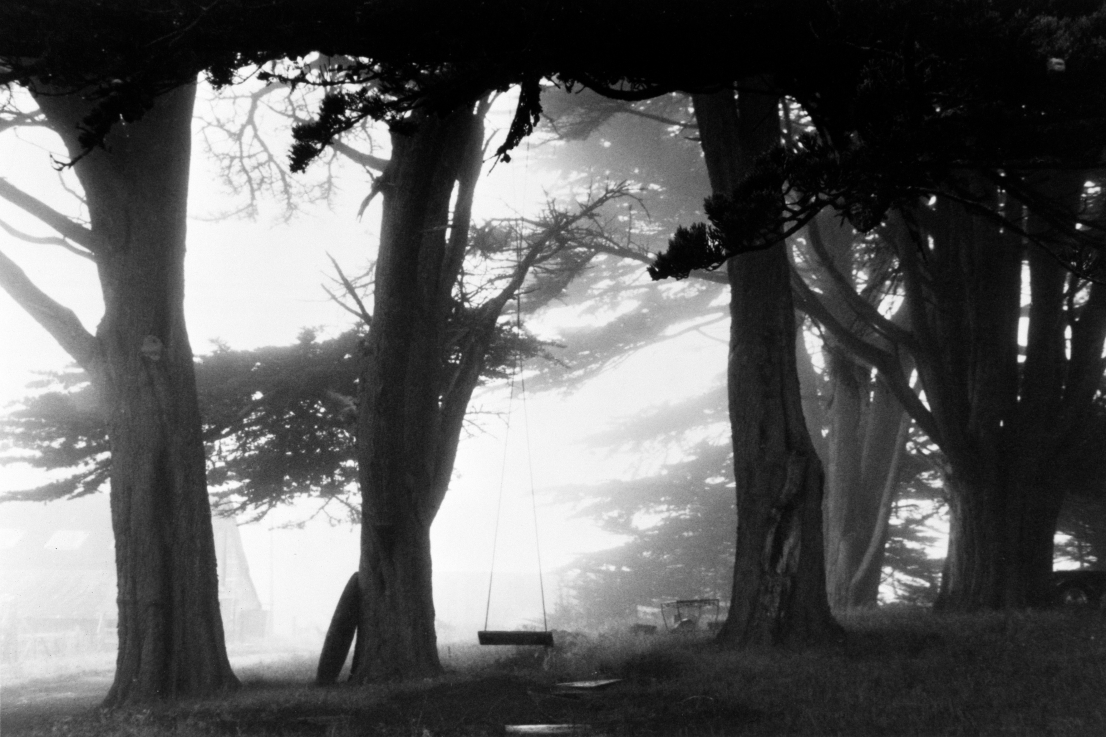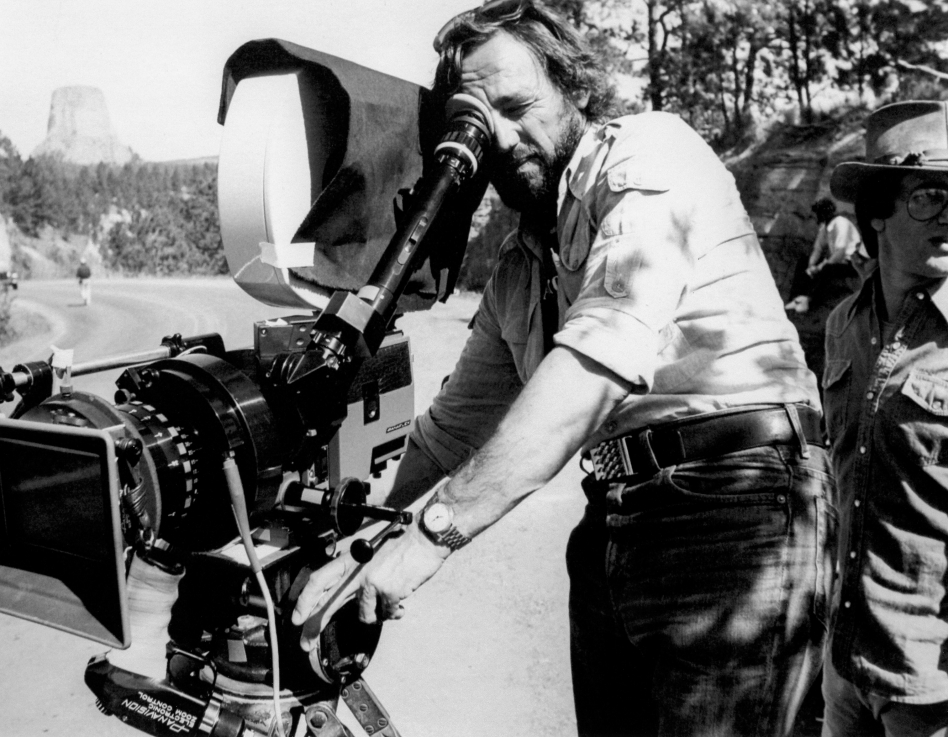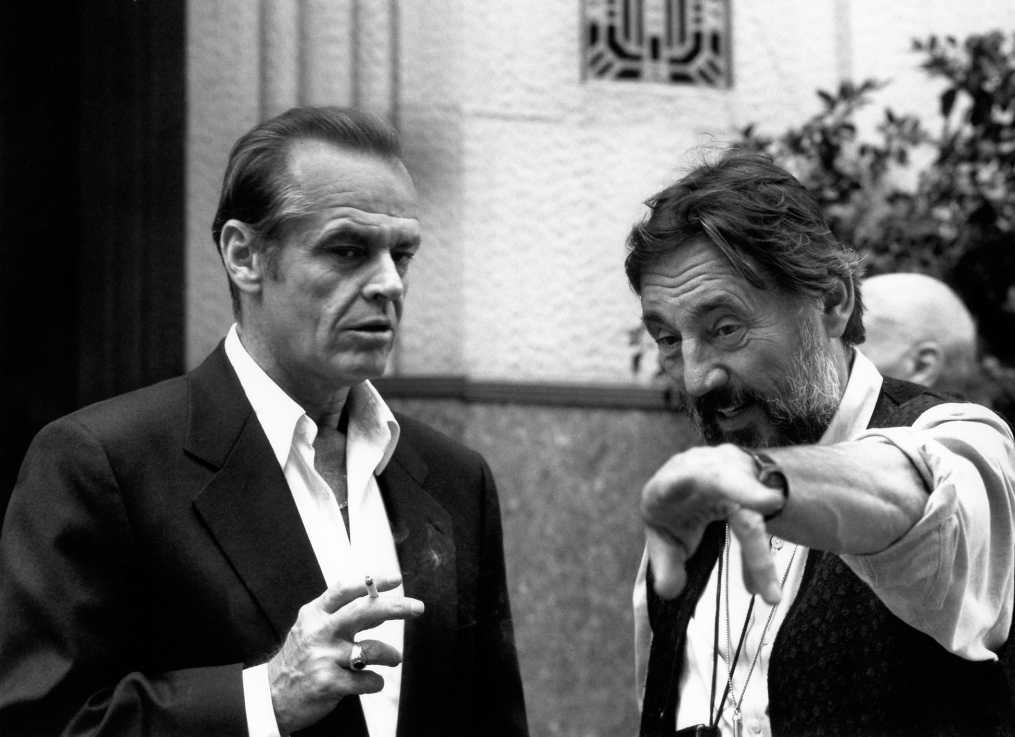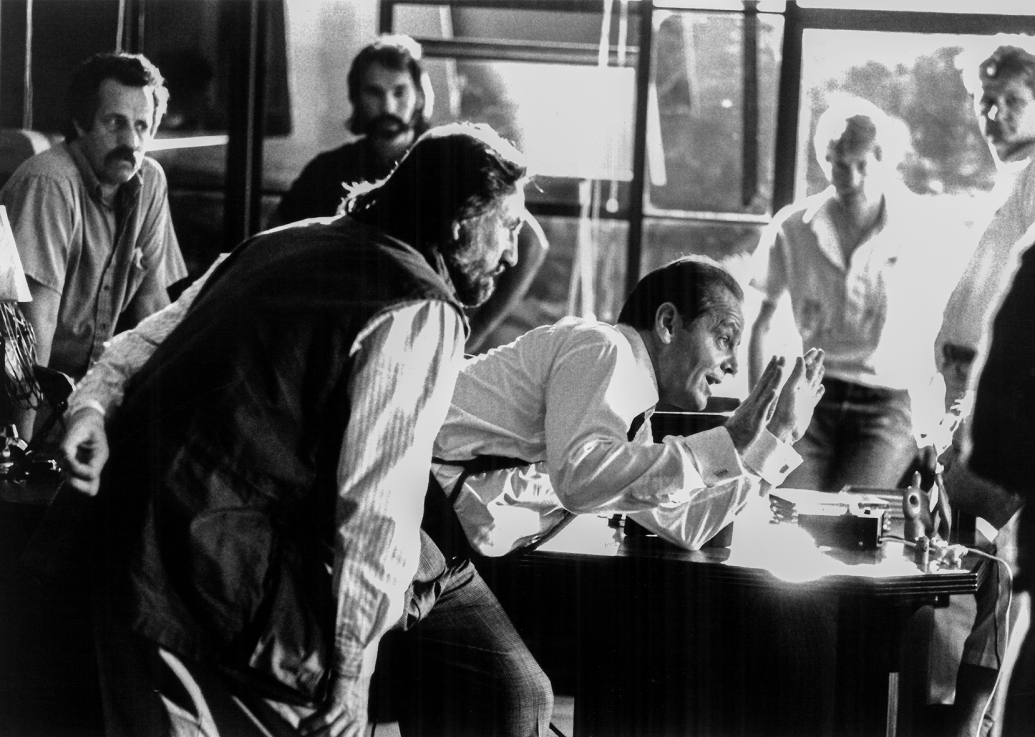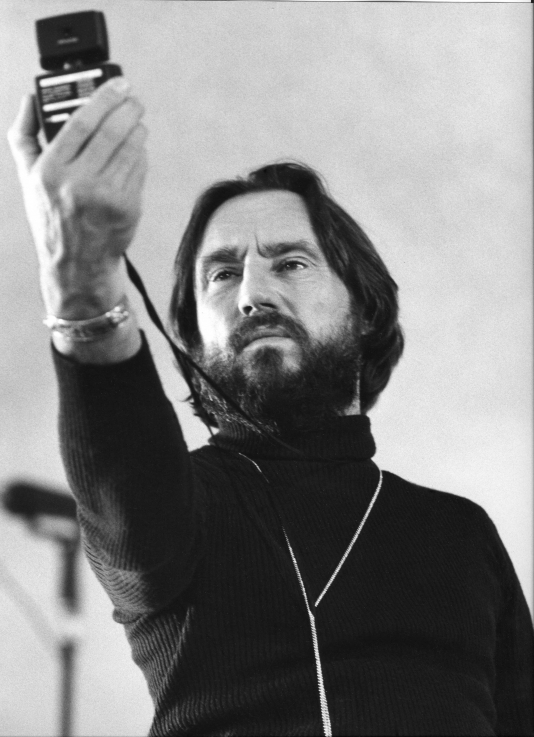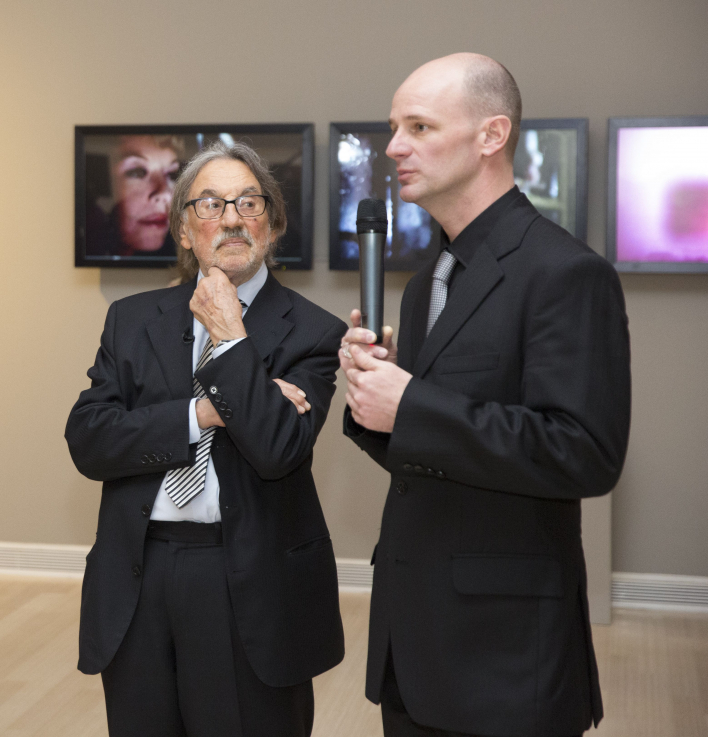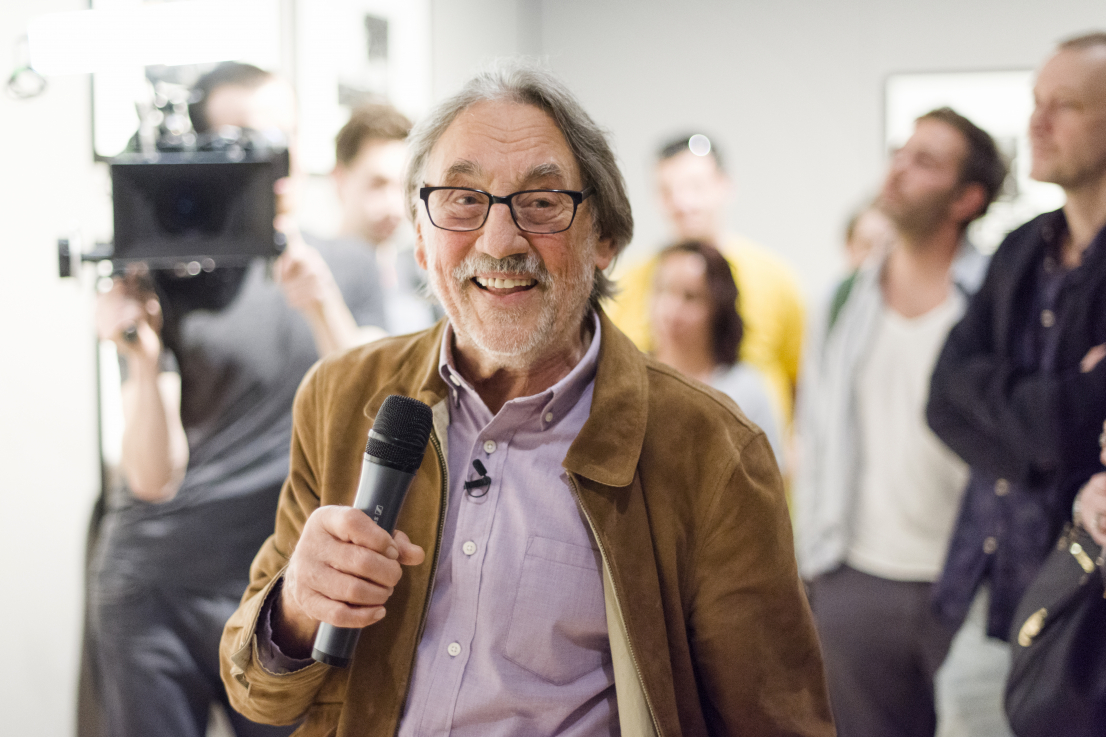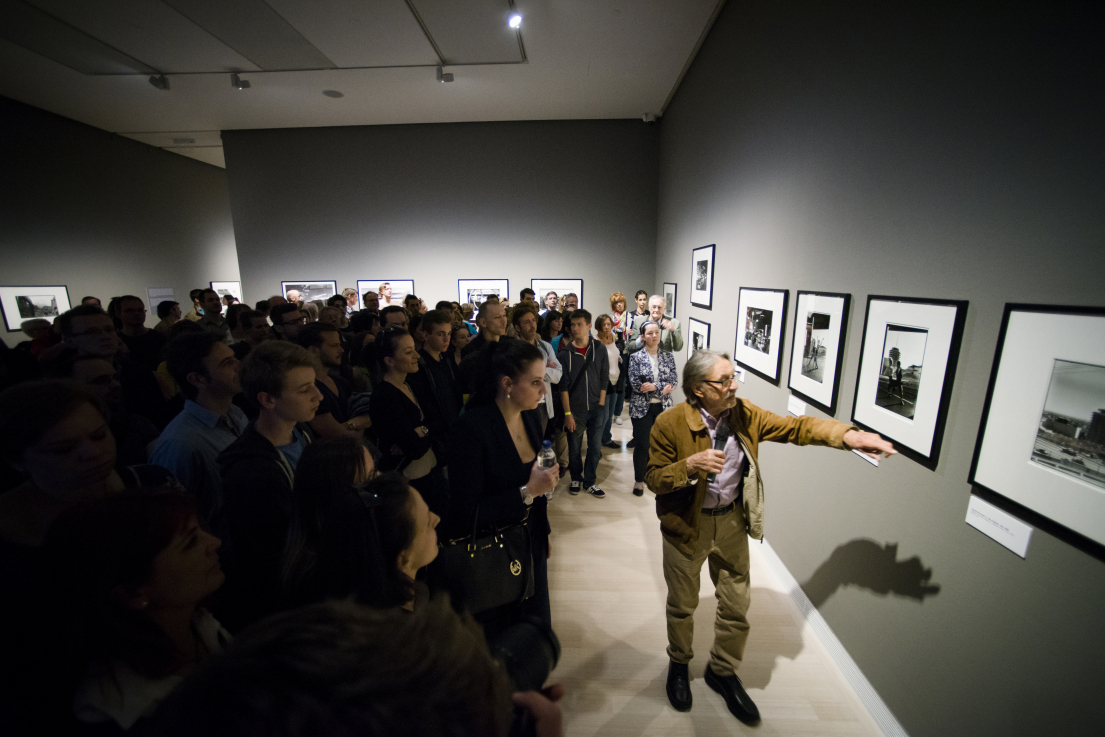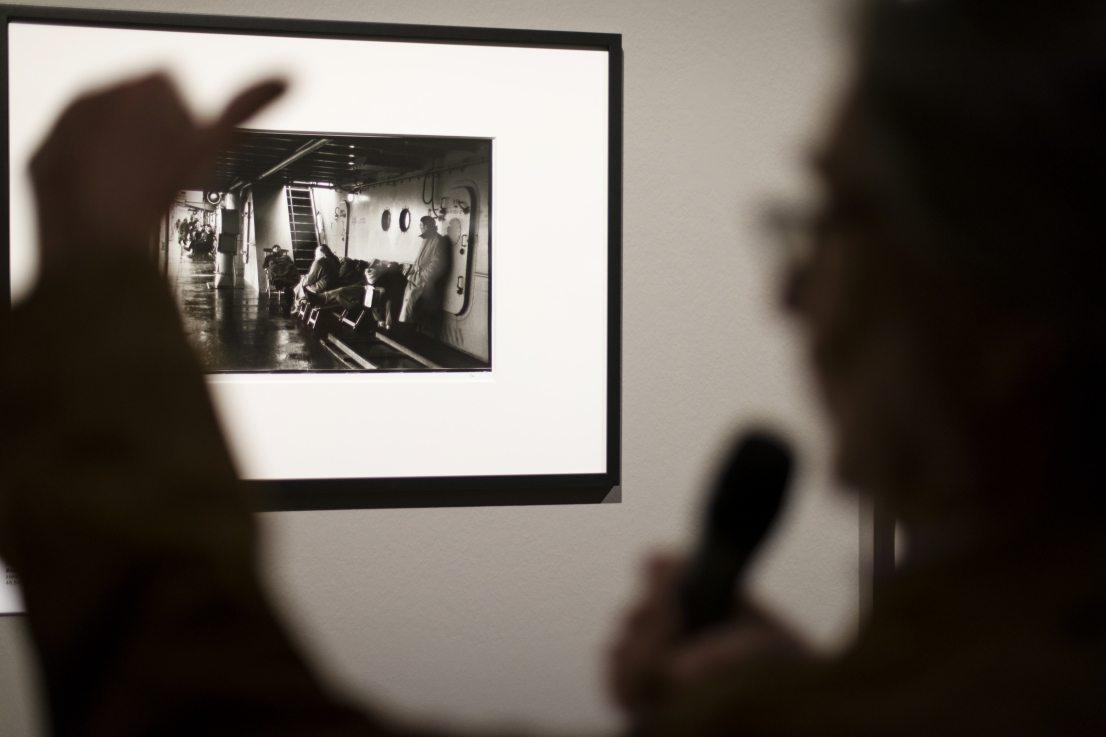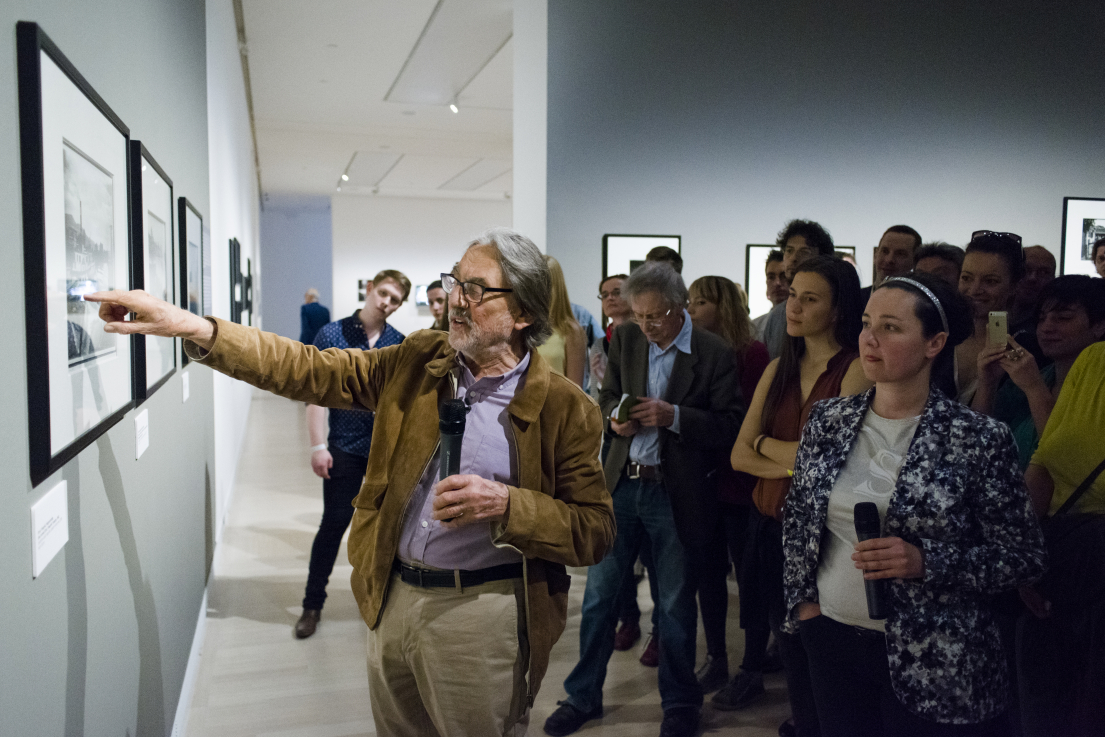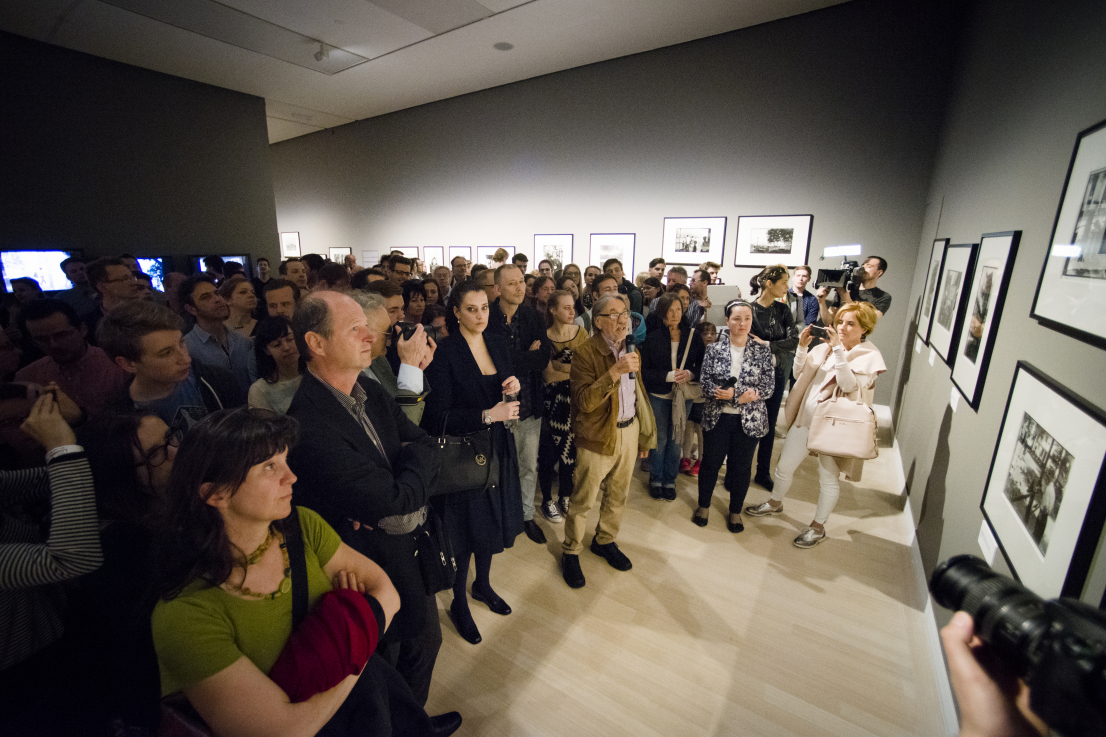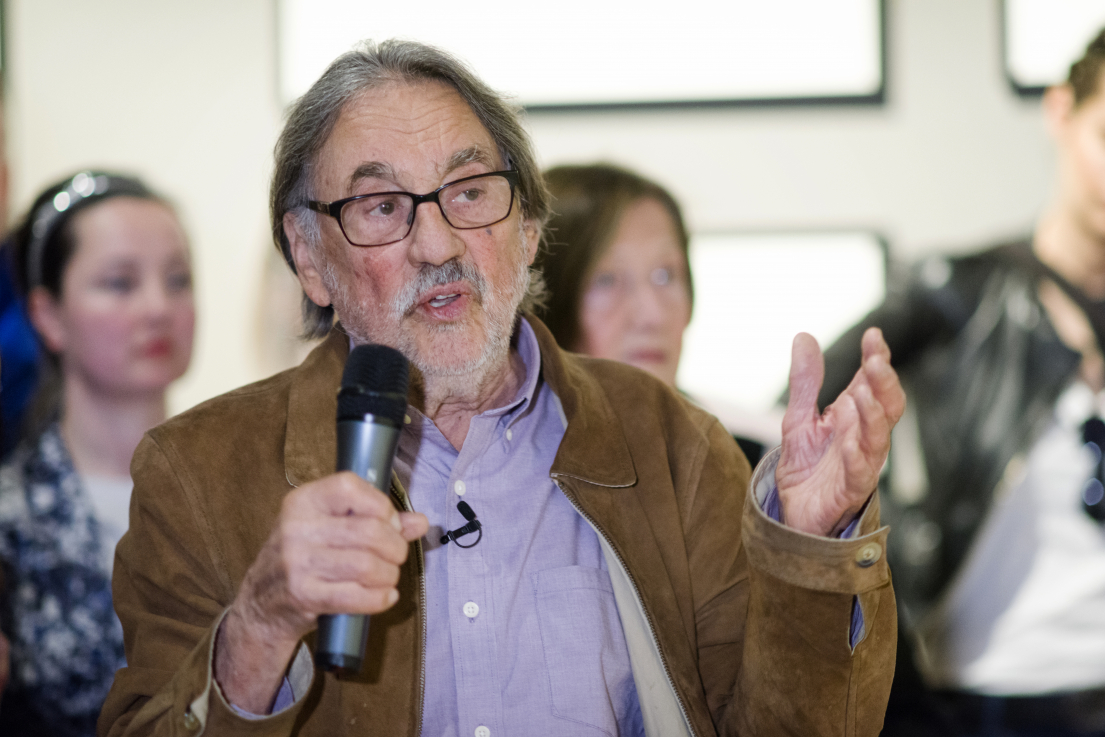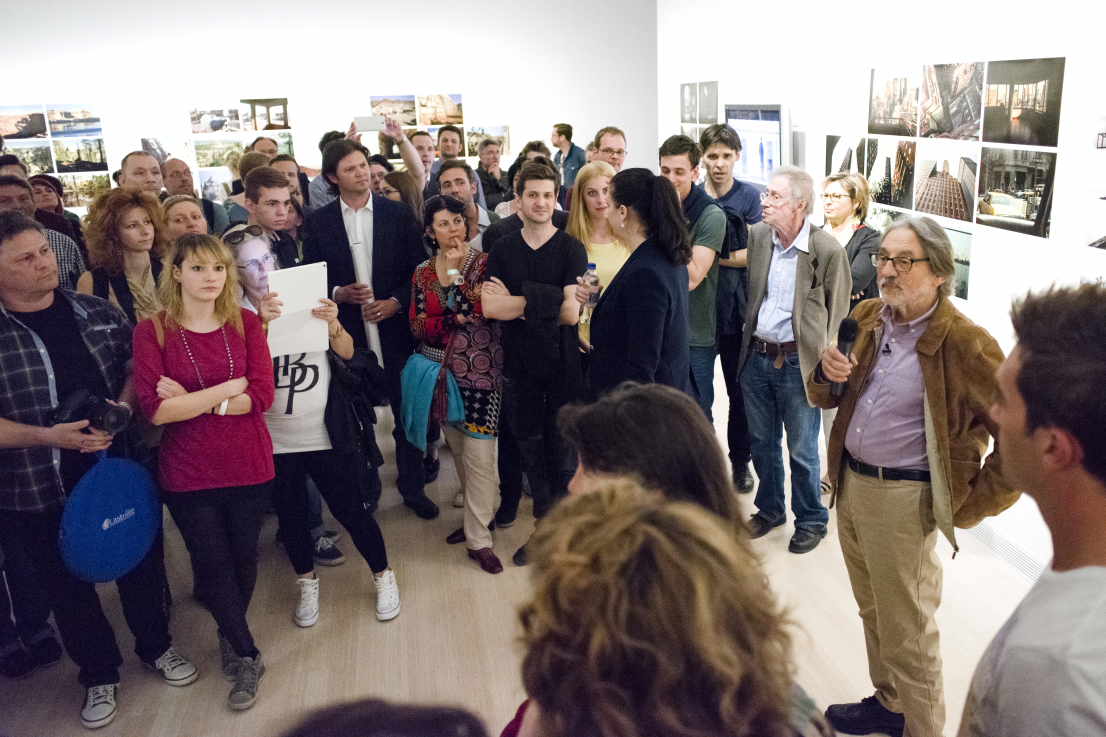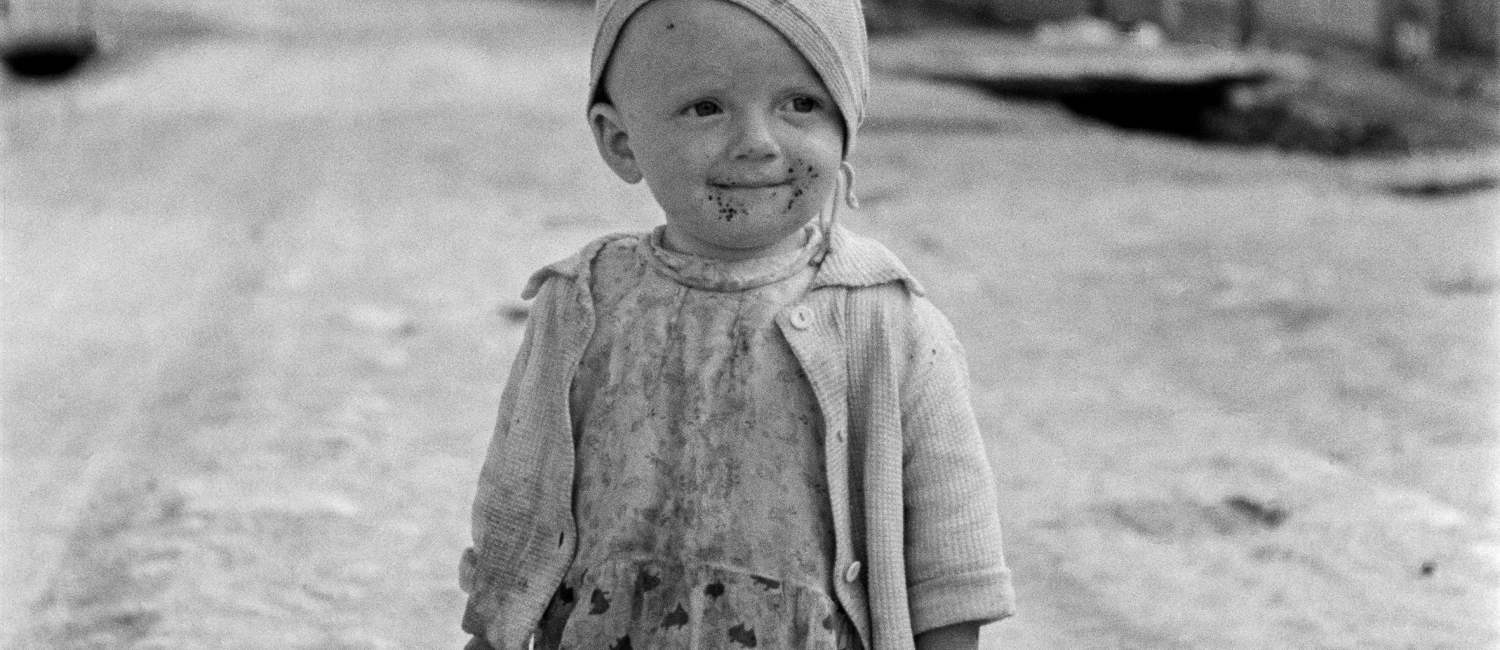Ludwig Museum – Museum of Contemporary Art
10 April – 21 June 2015
Vilmos Zsigmond, the Hungarian born, world-wide known cinematographer, whose life-work was recognised with an Academy Award and several other prestigious international film awards, is known among others for films, such as Close Encounters of the Third Kind (1977, Academy Award for Best Cinematography), The Deer Hunter (1978, BAFTA, Academy Award nomination - Best Cinematography) or The Black Dahlia (2006, Academy Award nomination - Best Cinematography). A trade-mark of his works is considered to be the inventive and creative use of lighting and artistic application of light. Due to his unique style his shots are poetical at a time, realist at another, sometime detailed or grandiose.
His photos never shown in public before give the core of the present exhibition. To the artist, who is celebrating his 85th birthday this year, photographing always had an equally important role as filming. It was in the beginning of the 1950’s, while still living in Hungary, when he became seriously interested in the art of photography. He was deeply influenced by Jenő Dulovits’ book titled Artistic photography, published in several languages. From this book, he learned on his own, in a self-taught manner, the principles of composing a picture, the importance of light-handling, and the characteristic features of the various film materials. He developed the photographs himself, thus, he also had an opportunity to learn lab processing methods. His cinematography work provided further development and accomplishment for these experiences and skills, and the outstanding life-work has come into being by the complex application of all these experiences. The start of his cinematography career in the US is intertwined with a decisive phase of American film making which period in film history is referred as New Hollywood.
Vilmos Zsigmond was admitted to the University of Theatre and Film Arts in 1951, studied cinematography, and received a degree in 1955. During the Hungarian revolution he left Hungary, fled to the USA and from the beginning of the 1970’s he worked together with directors who changed American film making fundamentally, as for example Robert Altman, John Boorman, Michael Cimino, Steven Spielberg, on their early films. While big film studios produced spectacular and easily digestible films until that time, Vilmos Zsigmond and his fellows positioned film production on a new basement. They disregarded the traditional rules of story telling, shot the films at various places outside the studio, and turned towards realism, resolutely striving after boosting American film to reach an artistic level. From the 1980’s to our date Vilmos Zsigmond was „hired” as director of photography by directors such as Brian de Palma, Woody Allen, Richard Donner or George Miller.
It was in 1966 when Vilmos Zsigmond visited Hungary the first time since he left. Later on he returned several times to work here. In the 1990’s he led workshops regularly for students at the University of Theatre and Film Arts. In 1992 he made an American – Hungarian biographical film on Stalin in cooperation with Hungarian Television, leading parts played by Robert Duvall, Maximilian Schell, Julia Ormond, that brought him an Emmy Award. In 2002, apropos of Bánk bán he received a shared award with Csaba Káel for the best film adaptation of opera at the 10. Camerimage, the only film festival in the world dedicated exclusively to cinematography. He is still active and working on several projects.
The exhibition material, about 150 pictures encompassing a timeline from the 1950’s until today, presents the main characteristics of a creative mind. The exhibition is accomplished with pieces of Vilmos Zsigmond’s film-related life-work with the intention to present in a feasible way the close connections between photographic works and cameraman activity, and to let these two branches of cinema art help one another to provide a better understanding of both.
The exhibition includes multichannel video compositions based on the photo and film shoots of Vilmos Zsigmond by Sebestyén Kodolányi, so that these could represent the visual coherency between Zsigmond’s photos and film.
Curators: Tomas Opitz, Bea Puskás
Specialist advisor: Sebestyén Kodolányi
Coordinator: Krisztina Üveges
The exhibition is a programme realised in cooperation with Budapest Spring Festival.
Cooperative partners:
Zsuzsa Csébi
Hungarian National Digital Archive and Film Institute
Romwalter Béla - Sparks Ltd.
University of Theatre and Film Arts
